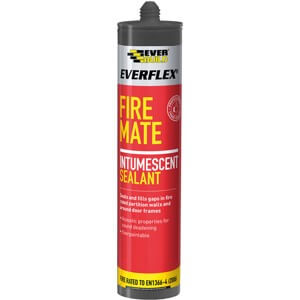Intumescent Sealant COSHH Assessment Form

A pre-filled COSHH Assessment Form for Intumescent Sealant, with some example text reading:
Health risks:
Skin contact: If brought into contact with the skin, it may cause sensitisation.
Eye contact: There may be irritation and redness. The eyes may water profusely.
Ingestion: May cause irritation, vomiting and diarrhoea.
Inhalation: No known risks.
This document is:
- Recognised by local authorities
- Recognised by principal contractors
- Suitable for CDM sites
- Approved by H&S managers
If you want others to have confidence in your company, download and buy the proper documents today.
As with all our documents, our risk assessments come in Word™ format and are available for instant download and use, and you only need to buy them once.
Once you buy and download this document, it’s yours for life to use repeatedly.
GET THIS DOCUMENT
£8.99+VAT
- Available in Word™
- Fully customisable
- Add your Company Logo
- UK & EU Compliant

 CART
CART